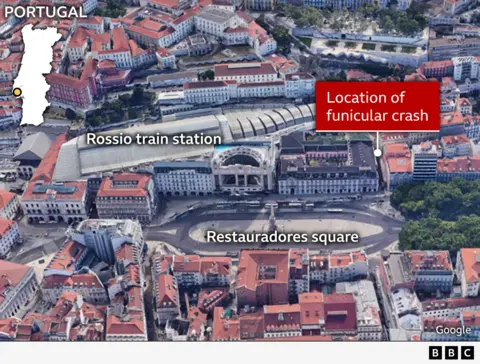Watchdog Slams UK’s F-35 Program: Delays and Shortages Hamper Defence Capabilities
UK’s F-35 Jet Fleet Faces Significant Delays and Shortages, Undermining National Security
A stark warning has emerged from the UK’s public spending watchdog, the National Audit Office (NAO), revealing that the nation’s most advanced warplane program, the F-35 stealth jet, is grappling with substantial delays, critical infrastructure gaps, and persistent personnel shortages. These challenges, the NAO reports, are actively undermining the United Kingdom’s ability to effectively wage war and maintain its strategic defense posture.

The F-35, operated by the Royal Air Force (RAF) and deployed from the Royal Navy’s two aircraft carriers, is lauded by the NAO as being “significantly superior” to all preceding UK combat aircraft. These technologically advanced, Lockheed Martin-manufactured jets are slated to remain in service until 2069, representing a cornerstone of Britain’s future defense capabilities. However, the watchdog’s report indicates a deeply concerning trend: a “disappointing return” on the £11 billion invested thus far.
The NAO’s findings paint a grim picture of operational readiness. As of June 2025, the UK operates 37 F-35s. Yet, the fleet’s “full mission capable rate” – the measure of an aircraft’s ability to perform all its intended missions – languished at approximately one-third of the Ministry of Defence’s (MoD) target last year. This figure highlights a critical shortfall in the operational availability of these vital assets.
Compounding these readiness issues are significant cost overruns and schedule slips. The NAO estimates that plans to expand the F-35 fleet will cost more than triple the MoD’s initial forecasts. While the MoD had estimated the project’s total cost at £18.76 billion, the NAO projects a staggering £71 billion. Furthermore, the crucial development of the F-35’s advanced weaponry, designed to enable ground target attacks from a safe distance while preserving stealth characteristics, has been postponed until the early 2030s, a substantial delay from previous timelines.
“The MoD now needs to decide where to prioritise its resources to improve capability in a way that maximises the full benefits of the F‑35 programme to the UK,” stated Gareth Davies, head of the NAO. His remarks underscore the urgent need for strategic reallocation and improved management within the defence sector.
In response to the NAO’s findings, an MoD spokesperson asserted that the program remains within its “approved budget” and confirmed that two full squadrons of F-35s will be ready for deployment by the end of the year. The spokesperson also highlighted the program’s economic benefits, citing £22 billion in work secured by UK companies and the creation of thousands of jobs. Additionally, the MoD recently announced the procurement of 12 F-35As, a move expected to support 20,000 UK jobs and integrate the UK into NATO’s dual-capable aircraft nuclear mission.
This development occurs against a backdrop of heightened global security concerns. Prime Minister Sir Keir Starmer recently pledged to increase UK spending on national security to 5% of GDP by 2035, aligning with NATO’s target. This commitment reflects a broader acknowledgement within the alliance of the long-term threat posed by Russia and the need for enhanced collective defense capabilities.
The full implications of these delays and cost escalations on the UK’s military readiness and its standing within NATO remain a subject of intense scrutiny. Ensuring the F-35 fleet reaches its full operational potential is critical for maintaining the UK’s role as a key global security partner.



Post Comment